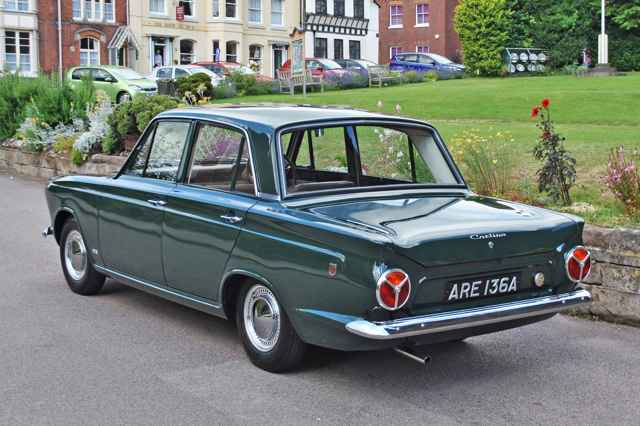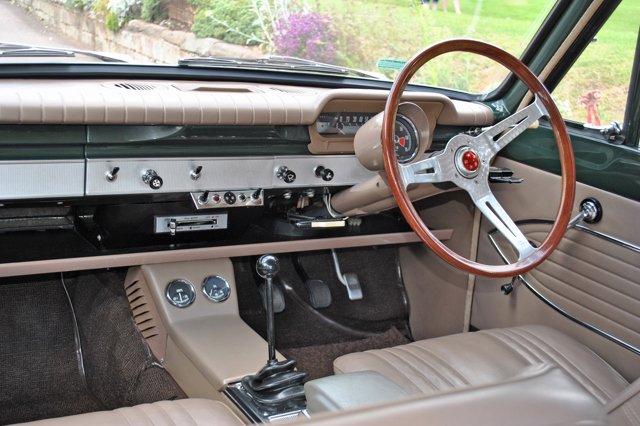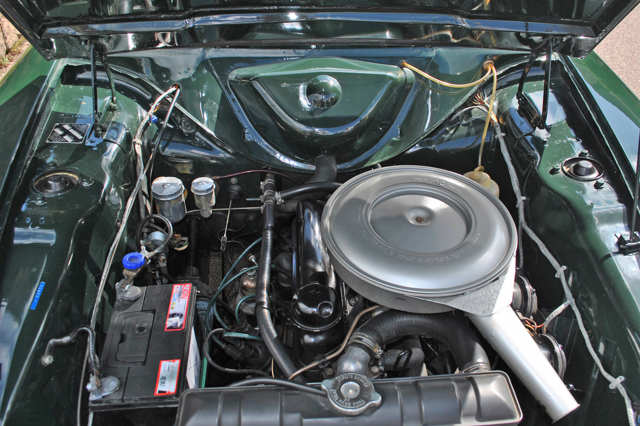Ford Cortina Mk1 (1962 – 1966) Review
Ford Cortina Mk1 (1962 – 1966) At A Glance
Ford's fortunes took an upward tangent with the launch of the Cortina in 1962. It was the mid-sized car that caught the mood of the moment, fitting families and fleet users better than any other car in its day. Its new name was designed to evoke thoughts of glamorous European locations (having been named after the 1960 Winter Olympics resort of Cortina d’Ampezzo), and added to the car’s all-round appeal, but it could have so easily been much less appealing.
Throughout its development programme, Project Archbishop was going to be called Consul-225, a clear link with the existing cars in the range, but right at the last moment (and during pre-launch press photography), the decision was made to go with the Italian name – thereby also allowing Ford to make the car more saleable in European markets.
The first thing that struck everyone in the market was that the Cortina was just what they needed, and although the original cars had a starkness about them that Ford would move away from in later years, there was masses of room inside, it was cheap to buy, and looked simple to service. The original 1200 was powered by a 1197cc three-bearing version of the 1-litre Kent engine found under the bonnet of the 105E Anglia. This revvy little number had already proved popular with Anglia owners, and was instrumental in its success, and it was bound to have the same effect on the Cortina market.
Adding to the range’s appeal, the Cortina Super was added to the range in January 1963. The big change was the arrival of the five-bearing 1499cc engine power unit, which developed 60bhp. Performance was significantly increased as a result, and aspirational buyers now had the option of spending more money at their Ford dealership. Following on from that came the Cortina GT – basically a Super with lowered suspension – and a 78bhp engine, arguably the first in a long line of hot Ford saloons that would keep the public entertained for years.
Keeping with Ford’s mantra of continual improvement, a facelifted version of the Cortina was introduced at the London Motor Show in October 1964, and featured a number of notable improvements. The main innovation was its Airflow ventilation system, which might now seem like an odd item to promote at a car launch, but with its ability to refresh the entire interior in under under a minute, it’s made an important contribution to overall driver safety. Beyond that, the car received a new dashboard, instruments and controls, which were engineered to give the car a less stark interior as well as improve ergonomics. Finally, front disc brakes were added – another big improvement. It was in this form that the Mk1 Cortina saw out its days, and in doing so, it threatened to take the top seller’s spot in the UK from the BMC 1100/1300.





.jpg?width=640&height=426&rmode=crop)
.jpg?width=640&height=426&rmode=crop)
.jpg?width=640&height=426&rmode=crop)

 Good to drive, easily tuned, lots of classic car kudos
Good to drive, easily tuned, lots of classic car kudos
 Rust should be sorted on the survivors, but if not...
Rust should be sorted on the survivors, but if not...

